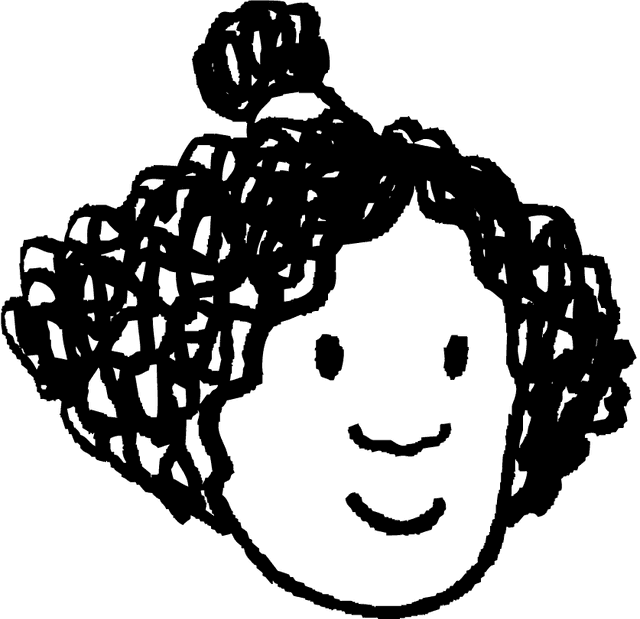Myths about teaching can hold you back
- Year 11
- OCR
- Higher
The role of the nervous system in thermoregulation
I can describe the roles of receptors, the brain and effectors in controlling human body temperature.
- Year 11
- OCR
- Higher
The role of the nervous system in thermoregulation
I can describe the roles of receptors, the brain and effectors in controlling human body temperature.
These resources were made for remote use during the pandemic, not classroom teaching.
Switch to our new teaching resources now - designed by teachers and leading subject experts, and tested in classrooms.
Lesson details
Key learning points
- Temperature receptors in the skin and hypothalamus of the brain detect changes in external and blood temperature.
- When temperature increases, the hypothalamus sends impulses to effectors (sweat glands, muscles in artery walls).
- When temperature decreases, the hypothalamus sends impulses to effectors (hair erector muscles, artery wall muscles).
- These autonomic responses work antagonistically to keep body temperature within a narrow range.
Keywords
Receptor - senses a change in the environment, such as a change in temperature
Hypothalamus - part of the brain that controls our internal environment, including water balance and body temperature
Effector - a muscle or gland that carries out a response
Autonomic - happens without conscious control
Antagonistic - effectors and effects that work against each other
Common misconception
Pupils are familiar with the physiological changes that occur in the body when they get cold or hot, but are unaware of the role of the brain in the detection and coordination of this response.
The role of the hypothalamus and thermoregulatory centre in this process are clearly explained and built into the process model of managing the familiar physiological responses.
To help you plan your year 11 biology lesson on: The role of the nervous system in thermoregulation, download all teaching resources for free and adapt to suit your pupils' needs...
To help you plan your year 11 biology lesson on: The role of the nervous system in thermoregulation, download all teaching resources for free and adapt to suit your pupils' needs.
The starter quiz will activate and check your pupils' prior knowledge, with versions available both with and without answers in PDF format.
We use learning cycles to break down learning into key concepts or ideas linked to the learning outcome. Each learning cycle features explanations with checks for understanding and practice tasks with feedback. All of this is found in our slide decks, ready for you to download and edit. The practice tasks are also available as printable worksheets and some lessons have additional materials with extra material you might need for teaching the lesson.
The assessment exit quiz will test your pupils' understanding of the key learning points.
Our video is a tool for planning, showing how other teachers might teach the lesson, offering helpful tips, modelled explanations and inspiration for your own delivery in the classroom. Plus, you can set it as homework or revision for pupils and keep their learning on track by sharing an online pupil version of this lesson.
Explore more key stage 4 biology lessons from the Coordination and control: maintaining a constant internal environment unit, dive into the full secondary biology curriculum, or learn more about lesson planning.

Equipment
None required.
Licence
Prior knowledge starter quiz
6 Questions
Q1.Which parts are included in the nervous system?
Q2.Which label points to the sweat gland in the skin?

Q3.Which of the following responses occur when we get too hot?
Q4.Match the part of the skin to its function.
causes hairs to lie flat or stand upright
excretes sweat
cause vasodilation and vasoconstriction
detects changes in external temperature
Q5.Significantly high body temperatures are dangerous because they can cause enzymes to .
Q6.Which option would be most appropriate if you were really cold, and which option correctly explains why?
Assessment exit quiz
6 Questions
Q1.Starting from the point of being triggered by a stimulus, put these parts of the nervous system pathway in the correct order.
Q2.Internal body temperature can be affected by a variety of factors. Select the external factors.
Q3.Match each part of the nervous system to the part of the body that has that role.
hypothalamus
thermoregulatory centre
sweat gland
Q4.The instructs muscles to contract to make us shiver when our body temperature decreases.
Q5.Look at this cross-section through the skin and match the selected parts to the correct labels.

e
c
d
g
Q6.Whose descriptions of the body's responses to changes in temperature are correct?






